Ayurveda For Healthy Heart
The term "Heart disease" is often used interchangeably with the term "cardiovascular disease", Cardiovascular disease generally refers to conditions that involve narrowed or blocked blood vessels that can lead to a heart attack, chest pain (angina) or stroke. Other heart conditions, such as those which affect heart's muscle, valves or rhythm, also are considered forms of heart disease.Today's life style has led to the increase in the incidence of cardiac diseases in the society. Hyperlipidemia, Obesity & Diabetes mellitus being the main risk factors for the development of cardiovascular diseases. Ayurveda' because of its most powerful aspect of `Swasthya-rakshanam' has a big role to play in prevention of cardiac diseases. Ayurvedic principles of diet and Living pattern (Ahara- Vihara, dincharya, Ritucharya) and Codes of conduct (AcharaRasayana) that are very effective in prevention of heart diseases. Use of certain Rasayana drugs in daily routine etc., are helpful for overcoming the burden of cardiovascular diseases worldwide. Ayurvedic texts described a number of different drug groups like Hridya (Cardiotonics), Lekhana (Hypolipedemic), Deepana & Amapachana (Bitter tonics & Digestives) Rasayana (Antioxidants) etc. which are promisingly effective in various cardiac diseases. Various researches had been showed the hypolipidemic effects of Guggulu. cardioprotective effect of Pushkarmula and many other drugs mentioned in Ayurvedic texts. Yoga and pranayama practices have an important role in the prevention of cardiovascular diseases. In this book I have tried to explain firstly about modern theories of Heart diseases and also of Ayurveda concepts about Hridroga in a lucid manner so as to be useful to a large number of patients suffering from it and also to the students, so that they can understand the heart and its disease in an easy manner and lets one find how important is to adopt ayurvedic treatment to overcome or control these diseases with utmost benefits.
Get it now and save 10%
BECOME A MEMBER

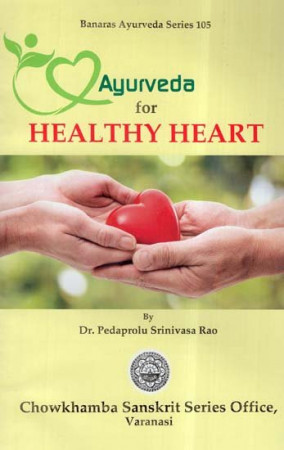
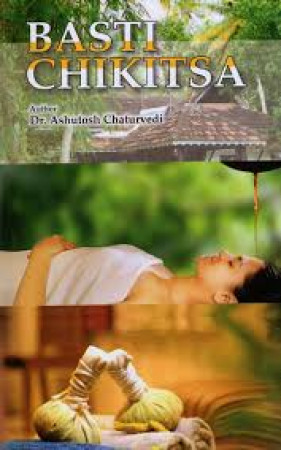
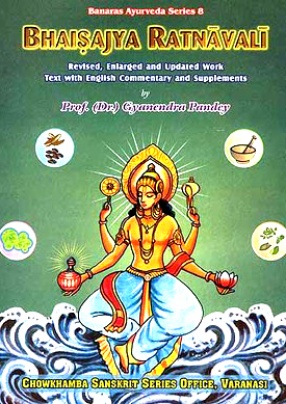
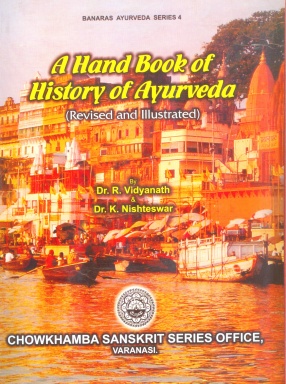
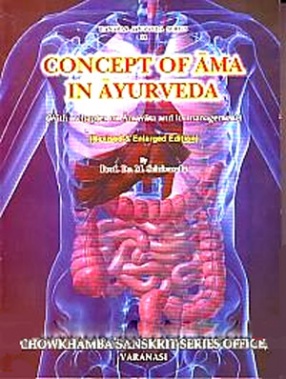
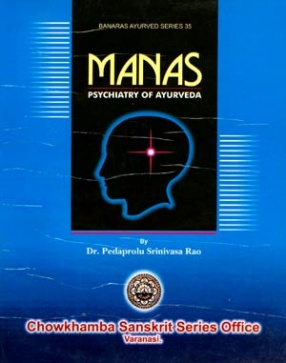
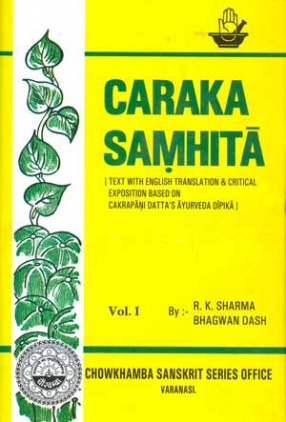
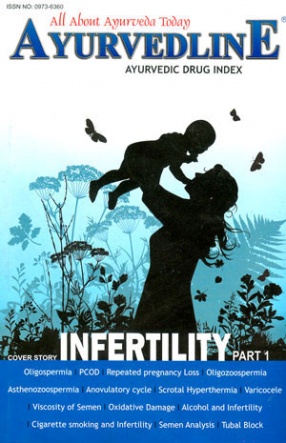
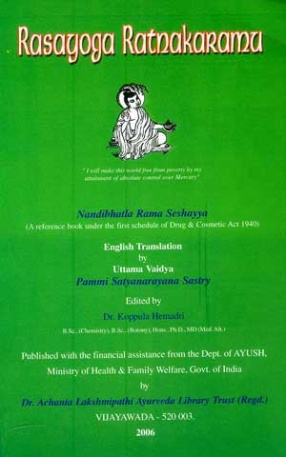
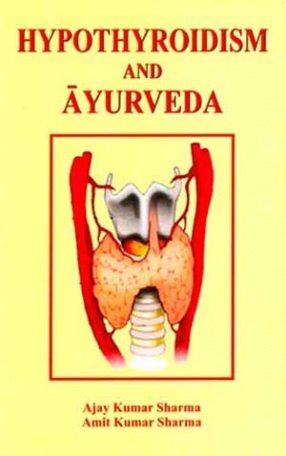

Bibliographic information